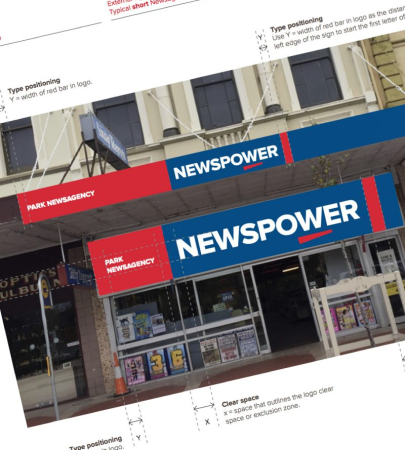🎉 Free Shipping on orders $99+ – Use code FREESHIP99 at checkout!

🎉 Free Shipping on orders $99+ – Use code FREESHIP99 at checkout!
Add description, images, menus and links to your mega menu
sdfgsdf
Link to your collections, sales and even external links
Add up to five columns
Add description, images, menus and links to your mega menu

sfdgsdfg
New Main Menu
Prospect Portal Menu
Customers

sdfgsdfg
sdfgsdf
A column with no settings can be used as a spacer

sdagsg
sdfgsdfg
Link to your collections, sales and even external links
Add up to five columns

Mid Year Sale / EOFYS
END OF FINANCIAL YEAR
Identify products that are relevant for End of Financial Year; - Financial Year Diaries, products for filing & storage, office products, notepads & books. Items purchased may be a tax deduction, so it’s a great time for your customers to update their office stationery.
SALE
We would encourage you to have at least 2 or 3 sales per year. Having a sale is a proven tactic that can potentially drive more customers to buy more products. Buying something on sale, or discounted, or on clearance appeals to the customers sense of ‘getting a bargain’. A sale can also generate excitement within your store.
Having a sale doesn’t mean finding old stock and putting a sale sign on it. Of course, some clearance lines can be included, but the idea behind having a sale is that you purchase stock at a discounted price with the sole purpose of selling it as a sale item. If this is done correctly, you will still make a healthy margin, while satisfying your customers need to buy discounted products.
A sale can help you attract new customers, reward existing ones, and encourage repeat purchases. They can also create a sense of urgency, exclusivity, and gratitude among your customers, which assists with dispelling the myth that local shopping costs more.
Sales can be run at peak sale times, like Christmas, Boxing Day, Black Friday, or they can be scheduled at other times to ensure that there is always something happening in your store.
Sale products should be good quality, and the display should be clean and maintained throughout the sale period.
CSV FILES
Download Digital Assets

🎉 Free Shipping on orders $99+ – Use code FREESHIP99 at checkout!
Add description, images, menus and links to your mega menu
sdfgsdf
Link to your collections, sales and even external links
Add up to five columns
Add description, images, menus and links to your mega menu

sfdgsdfg

sdfgsdfg
sdfgsdf
A column with no settings can be used as a spacer

sdagsg
sdfgsdfg
Link to your collections, sales and even external links
Add up to five columns

Mid Year Sale / EOFYS
END OF FINANCIAL YEAR
Identify products that are relevant for End of Financial Year; - Financial Year Diaries, products for filing & storage, office products, notepads & books. Items purchased may be a tax deduction, so it’s a great time for your customers to update their office stationery.
SALE
We would encourage you to have at least 2 or 3 sales per year. Having a sale is a proven tactic that can potentially drive more customers to buy more products. Buying something on sale, or discounted, or on clearance appeals to the customers sense of ‘getting a bargain’. A sale can also generate excitement within your store.
Having a sale doesn’t mean finding old stock and putting a sale sign on it. Of course, some clearance lines can be included, but the idea behind having a sale is that you purchase stock at a discounted price with the sole purpose of selling it as a sale item. If this is done correctly, you will still make a healthy margin, while satisfying your customers need to buy discounted products.
A sale can help you attract new customers, reward existing ones, and encourage repeat purchases. They can also create a sense of urgency, exclusivity, and gratitude among your customers, which assists with dispelling the myth that local shopping costs more.
Sales can be run at peak sale times, like Christmas, Boxing Day, Black Friday, or they can be scheduled at other times to ensure that there is always something happening in your store.
Sale products should be good quality, and the display should be clean and maintained throughout the sale period.
 Market Leading Prices
Market Leading Prices